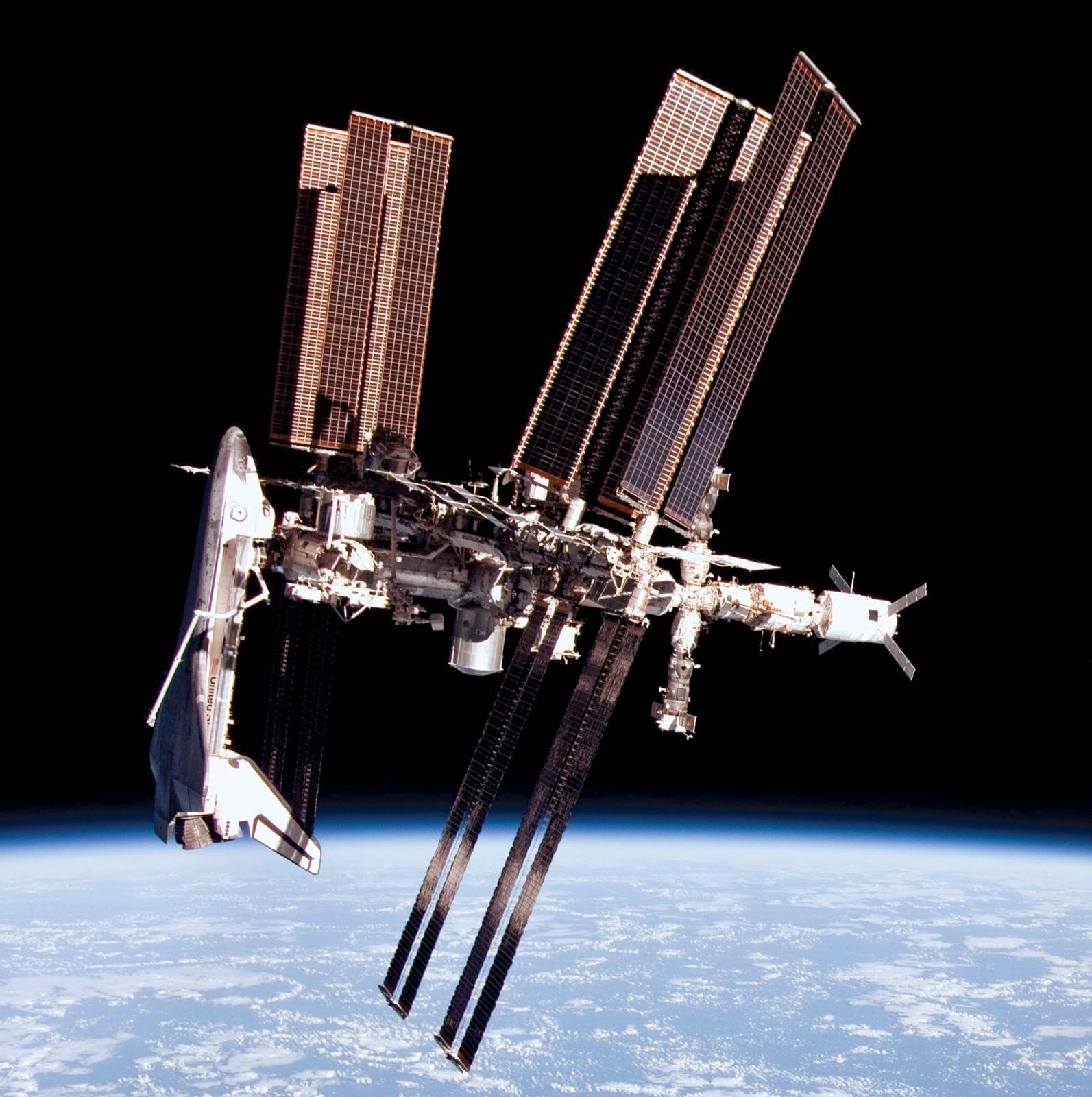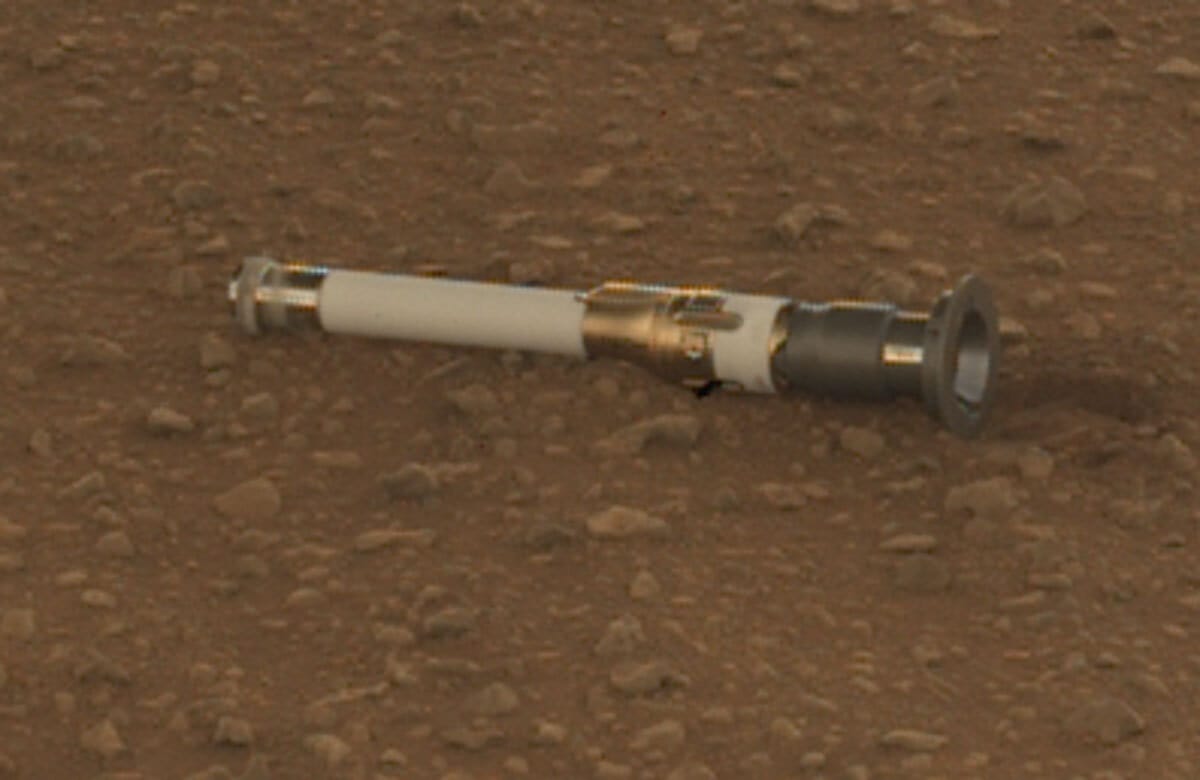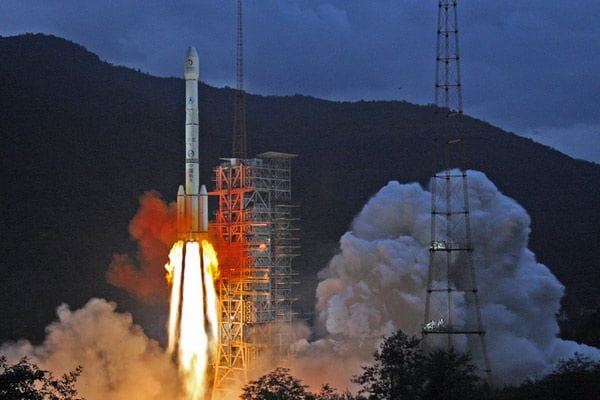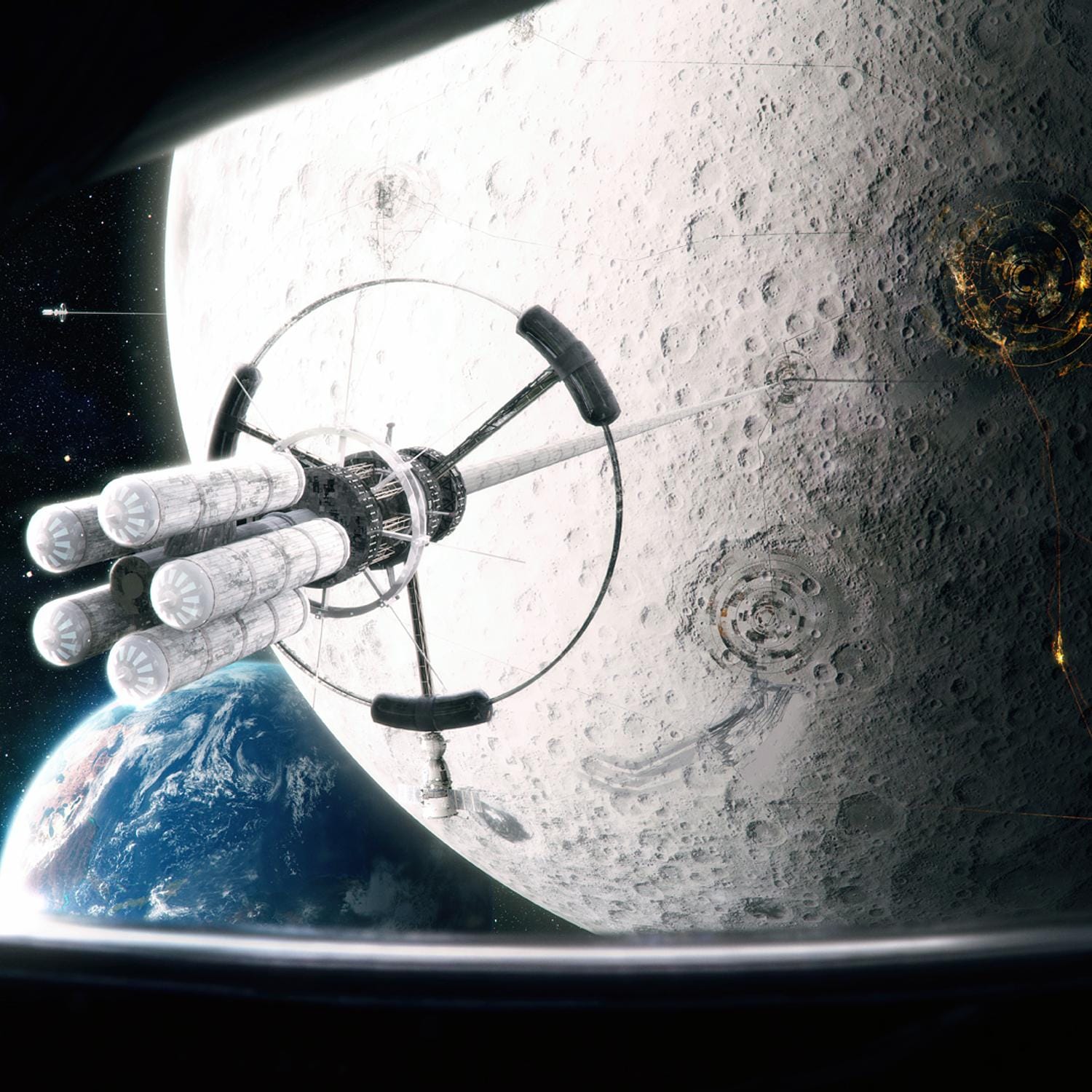Recent observations indicate that a massive particle may have surged through Earth, raising the possibility of it being the first evidence of dark matter. Scientists are analyzing the implications of this event for our understanding of the universe.
Category: Science
New Leak Discovered on the International Space Station: Details Remain Sparse
A new leak has been identified on the International Space Station (ISS), raising concerns about its structural integrity. While NASA acknowledges the issue, specific details regarding the leak and its implications for the crew and the station’s operations remain limited.
Geologists Raise Alerts on Awakening Volcano After Millennia of Dormancy
Recent observations reveal that a dormant volcano, inactive for approximately 250,000 years, is showing signs of awakening, prompting geologists to issue warnings about a potential eruption. Increased seismic activity, ground deformation, and gas emissions have been recorded, leading experts to closely monitor the situation as they prepare for potential outcomes.
Humanity’s First Glimpse into Cosmic History
Recent advancements in astronomical technology have enabled humans to witness the dawn of time from Earth, unveiling secrets of the universe’s earliest moments. This breakthrough reveals crucial insights into the Big Bang and early cosmic events, reshaping our understanding of the universe.
NASA Delays Launch Amid Investigation of Space Station Leaks
NASA has announced the postponement of its upcoming launch as it conducts an investigation into multiple leaks reported on the International Space Station. The decision underscores the agency’s commitment to ensuring safety for its crew members and the integrity of the station’s operations.
NASA Unveils Evidence of Solar Cannonballs as Culprit in Mars’ Water Loss
NASA’s recent findings suggest that solar cannonballs, high-energy particles emitted by the sun, may be responsible for the significant loss of water on Mars. This discovery supports a long-held theory regarding the Red Planet’s climatic evolution and offers new insights into its geological history.
China’s Quasi Moon Probe Unveils First Image Following Its Secret Launch
Weeks after its covert launch, China’s unprecedented quasi moon probe has revealed its first image, marking a significant milestone in lunar exploration. This clandestine mission, aimed at studying the moon’s vicinity, further establishes China’s growing capabilities in space technology.
SpaceX Prepares for Historic Private Mission to the International Space Station
SpaceX is set to launch four astronauts on a private mission to the International Space Station (ISS), marking a major milestone in commercial space travel. This launch will utilize the Crew Dragon spacecraft and aims to enhance global collaboration in space exploration, alongside helping scientific research.
Lunar Mining: Steps Toward a New Frontier in Resource Extraction
Recent advancements have brought lunar mining closer to reality, with innovative technologies and international collaborations paving the way for potential resource extraction on the Moon.
Sharks Under the Influence: The Alarming Impact of Cocaine on Marine Ecosystems
Recent research has uncovered unsettling evidence indicating that sharks in certain marine environments are being affected by cocaine pollution. Observations show that these marine predators exhibit unusual behaviors, raising concerns about the implications for marine biodiversity and ecosystem health.









